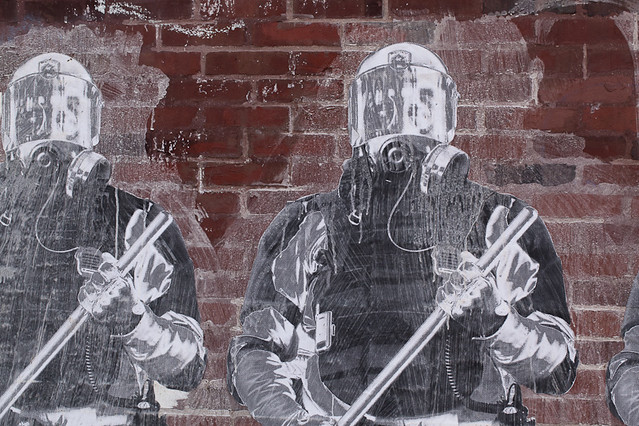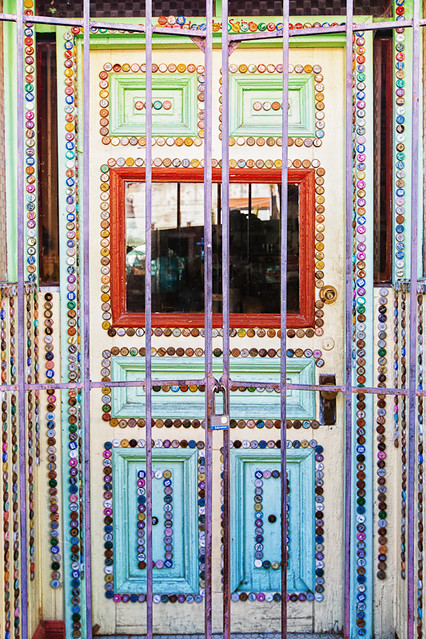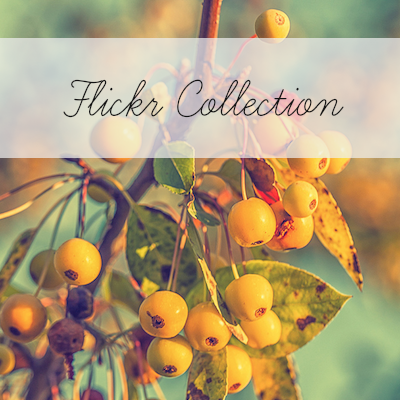“What art offers is a space — a certain breathing room for the spirit. ~ John Updike
(This post is the seventh in a series of my story, an intimate exploration of art and healing.)
Once I earned off unit privileges, I worked in the art room every day, often twice a day.
The art I created was not beautiful, not appropriate to hang over a living room couch. It was dark, often difficult to create, but always meaningful. My art helped me communicate with the emotions bubbling to the surface so that I did not have to use words to explain what I did not yet understand.
Working through emotions too raw to verbalize, my art did the speaking – through my paintings, sculpture, and mixed media work.
“Where something becomes extremely difficult and unbearable,
there we also stand already quite near its transformation.” ~ Rainer Maria Rilke
Surprising to me, I was drawn to the woodworking room. It was a small room, once a storage room, and now divided from the open studio area always crowded with other patients and therapists.
There was a center work table, tools hung from pegs and hooks on the wall, and bins of building materials. I had no goal in mind when I began, but I felt driven to create. Linda, in her wisdom, always stayed near while I did the work that needed to be done. She’d perch on a stool in the corner of the room, balancing a pile of paperwork on a lap board. She managed to simultaneously ignore me and still keep watch. She answered questions and found supplies for me, but otherwise she let me create.
Many of the clients chose to work on projects they could give to friends and relatives, diversional projects which certainly fulfilled a need to create. However I was driven to create in a totally different way, letting my spirit speak through my hands.
My first project was a sculpture of many layers; its creation was a turning point in my recovery.
I began with several pieces of wood, a saw and hammer, and a box of nails. With intense determination, I cut the wood into varying lengths. The sawing stage was short-lived. I was anxious to begin using the hammer and nails. Once I began pounding nails into the pieces of wood, the form took on a life of its own.
I made a base, then angled pieces of wood to construct a teepee-shaped form. I hammered hundreds of nails into five or six pieces of wood, pounding some of the nails so hard, only the nail head was visible surrounded by hundreds of hammer-head imprints. Nails protruded from the edges. Nails bent; I pounded them into the wood until no sharp edges were exposed.
Nothing I created felt wrong; it felt right and empowering. There were no rules, except those for safety’s sake.
Never one to follow rules, I understood the sanctity of the safety rules. I wore safety goggles and a canvas apron. I knew that any misuse of tools or equipment would be grounds for not using the workroom. It was good practice for learning how to express emotions safely. I honored the space, the rules, the tools. And myself.
I managed my emotions within a set of boundaries. And I kept creating.
“Let everything happen to you, beauty and terror.
Just keep going, no feeling is final.” ~ Rainer Maria Rilke
After the hammer and nails stage, I moved into the plaster of Paris stage.
The plaster was my sculpting material. I mixed bowls full of the thick, pasty stuff. Then I applied it to my wood structure. Layers and layers of white, amassed in globs and streaks. There was nothing considered in its application – just the urge to hide the wood and the nails under a volcanic-shaped mass of white.
I added small human figures which I fashioned from bits of clay.
I pushed the figures deep into the sculpture. I rolled clay into snakes with open mouths. I pushed them deep into the sculpture. Linda continued to quietly observe from the sidelines. Occasionally another patient would wander into the woodworking room to use tools for a leather project, but for the most part I worked alone in silence.
The sculpture of wood and nails and plaster became a container for my anger, my pain, my wounded self.
I asked Linda for paint. I wanted “buckets of black and red paint.” She left the room, returned with two large bottles of tempera paints – one primary red, one black.
Using a brush more suitable for house painting, I slashed streaks of red and black over the white. Again, I worked in layers. Paint over paint over paint. I worked quietly, yet in a self-directed, controlled frenzy.
A controlled frenzy? That is what it was. I could not stop. I did not act out in rage or anger or despair, although those emotions were simmering on the surface. But I could not stop creating. I had to make this wood-nail-plaster-clay figure-paint structure.
Once I completed the painting part, I went in the woodworking room and sat with my sculpture.
Studied it. Examined it. Stared at it.
Eventually Linda handed me a notebook and markers – red and black – and asked me if I wanted to write about the experience. Thirty pages later, I stopped.
We are product of our past but we don’t have to be prisoners of it. ~ Rick Warren
“I’d like to destroy it, the whole thing,” I said to Linda.
“And how would you do that?” she asked.
I knew that to destroy my art would require a safety plan. There were limits, there were rules, and there was the safety of Linda, the other patients, and me to consider.
“What if I did it when there aren’t people around? It will be loud, the noise and all. I could put a big piece of plastic on the table so there isn’t a mess. And wear the safety goggles and my apron.” I answered. “I really want to smash it.”
Linda nodded her permission. “How about Saturday afternoon, after we close the room for the weekend?”
And that is what I did.
I spent several hours on a cold January afternoon destroying my sculpture which, to me, symbolized man’s inhumanity towards others.
I hammered it into a pile of plaster dust and mangled wood and bent nails. When I was weary of hammering, I hung the tool on its hook and smiled. A very small smile. Then I broke down, sobbing hard.
Linda helped me to a chair, lightly put her arm around my shoulder, and sat next to me. We sat for a long time. Finally I stopped crying, found tissues, and wiped at my eyes.
Linda looked out the window. “It’s beginning to snow. If you get your coat, we could walk outside for awhile.”
We walked around the hospital grounds. The new snow covered the piles of gray snow in the parking lot. The air was cold and fresh and very clean. It was good to breath the fresh air.
I learned a life long lesson while working with the sculpture over those several weeks.
Art heals.
Not overnight. Not in a week.
But art, practiced over a lifetime, offers the spirit a path towards healing.
~~~~~~~~~~~~~~
This is a re-post the 11-part series I ran in January 2013 on PTSD, art and healing. I believe the story too important to not be retold, in the hope that my experiences will inspire others on their journeys.











